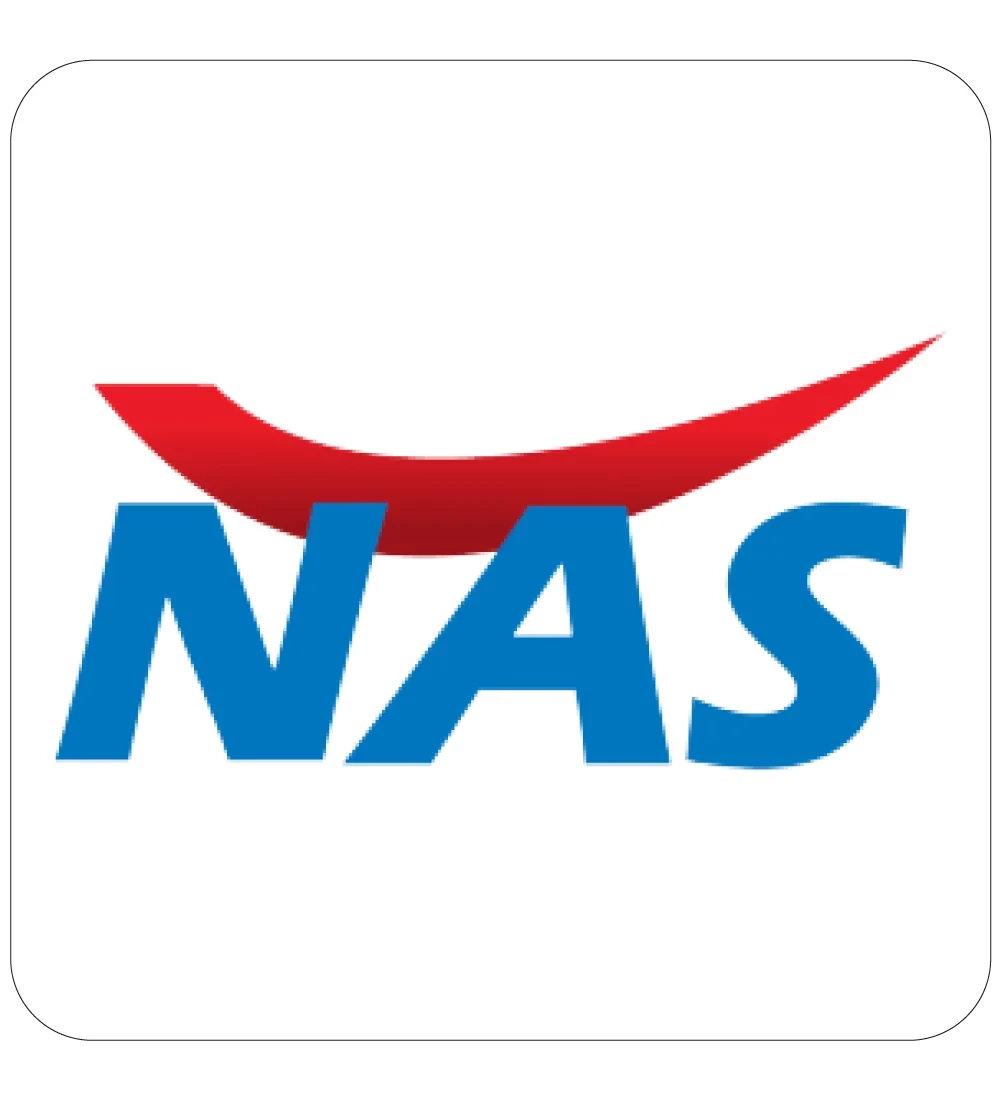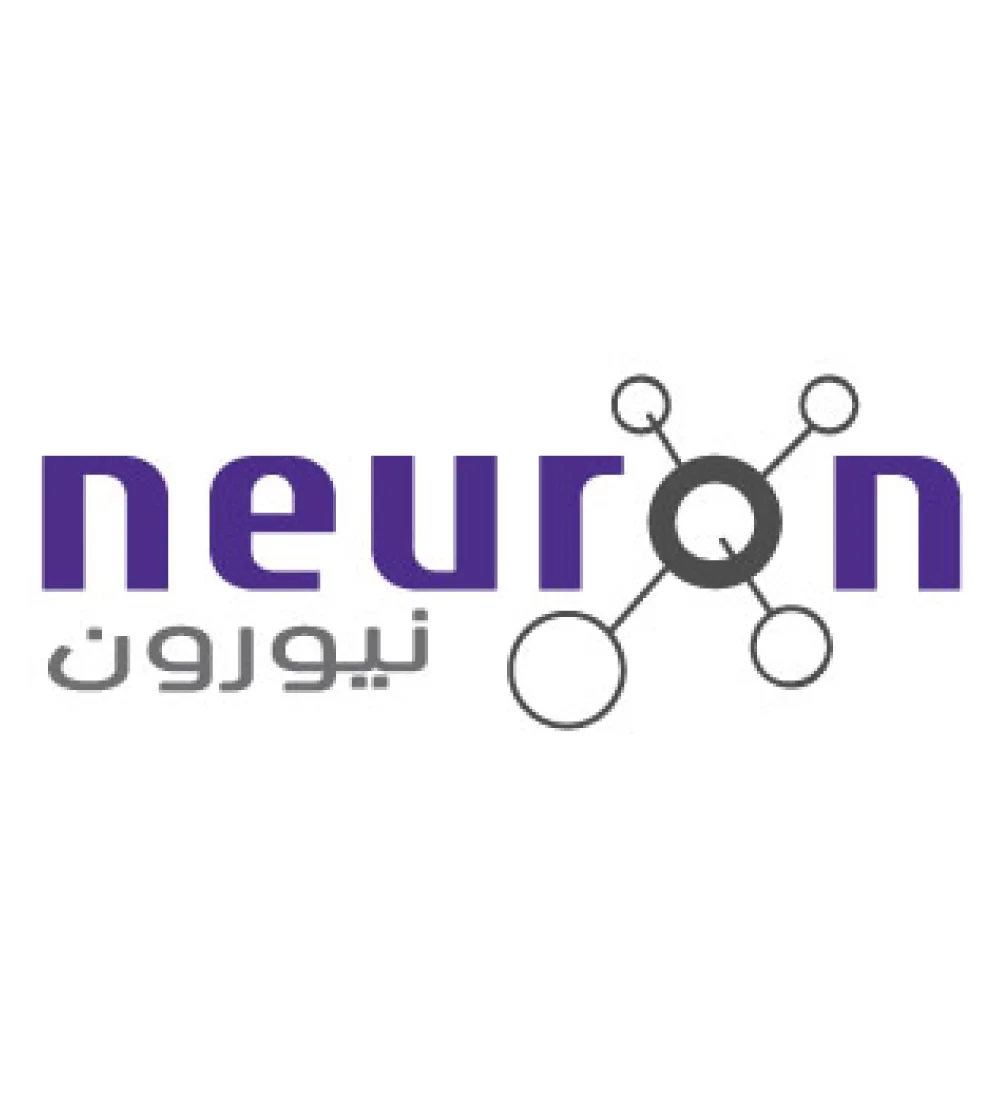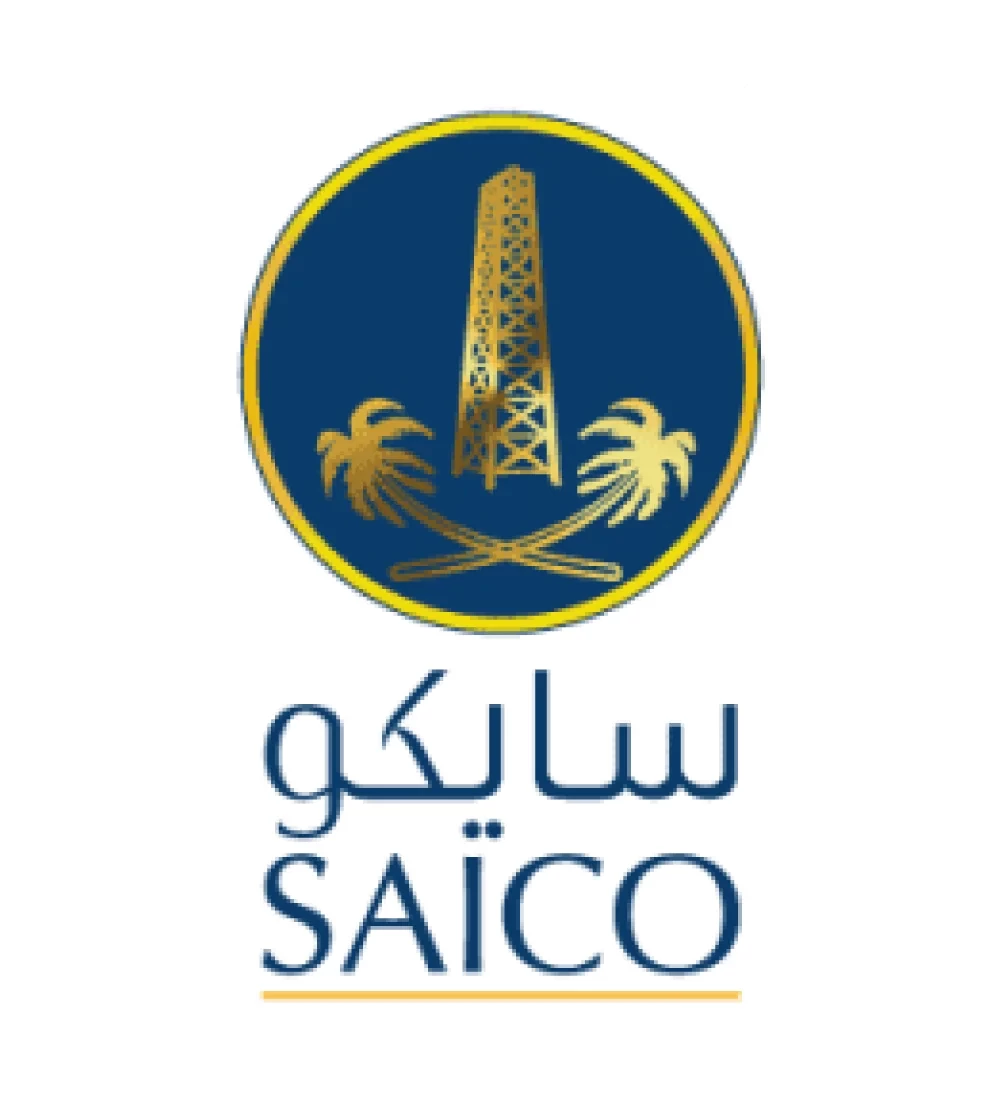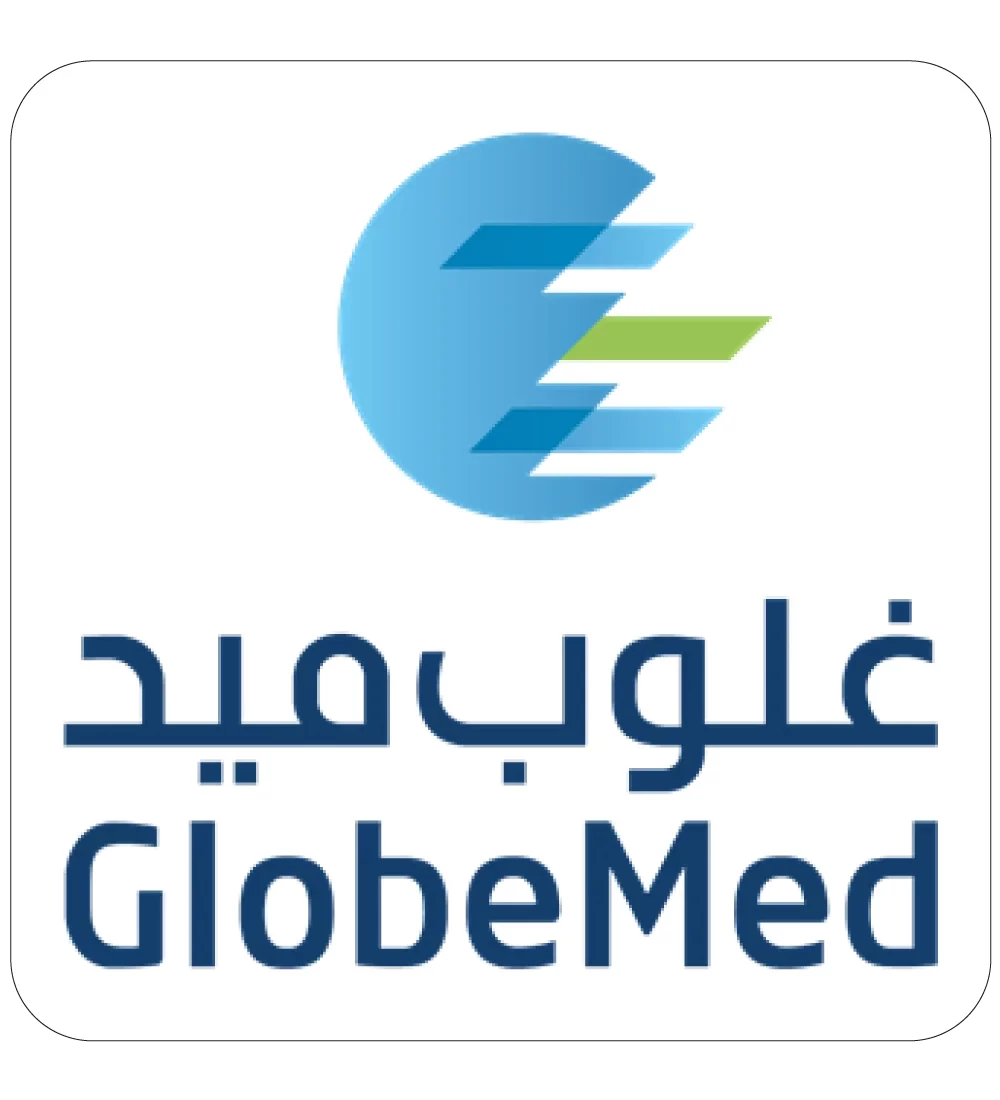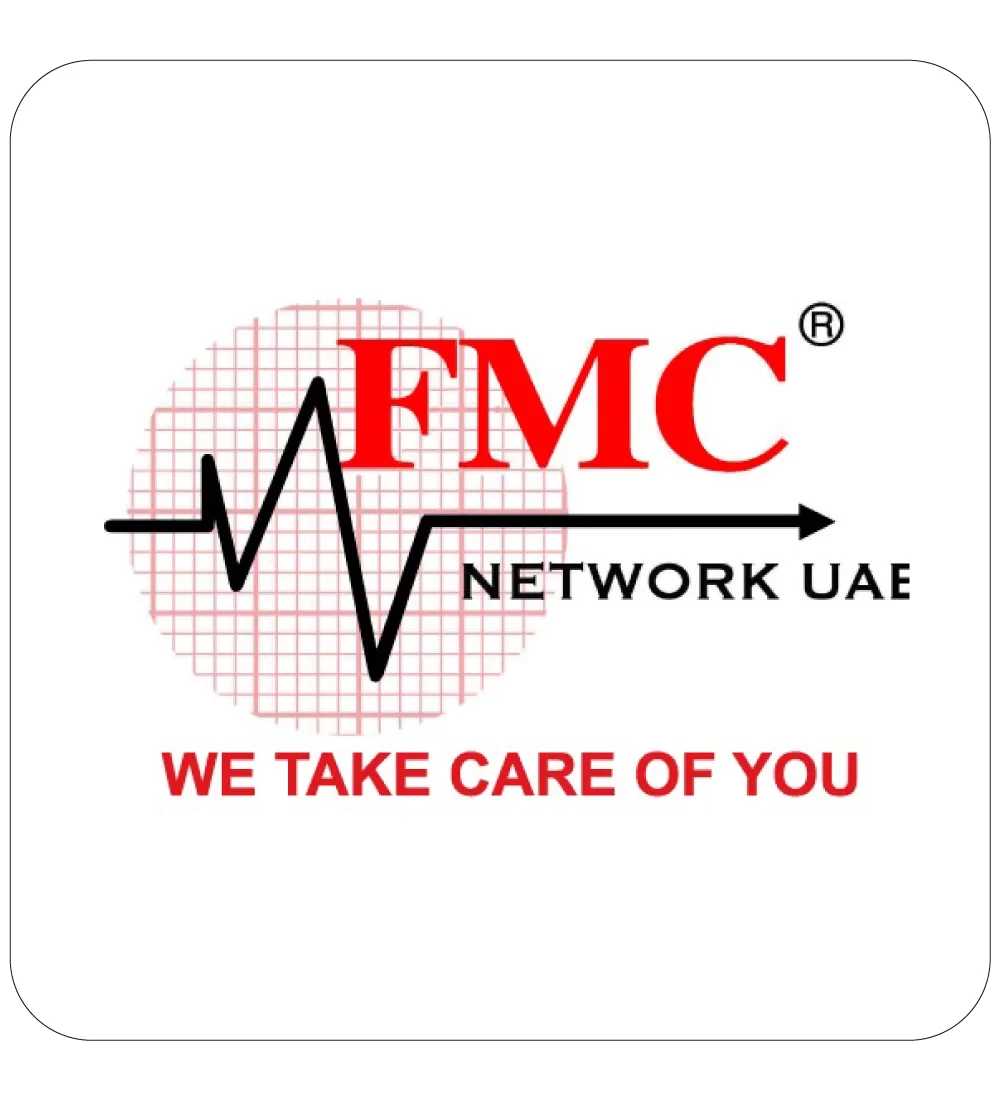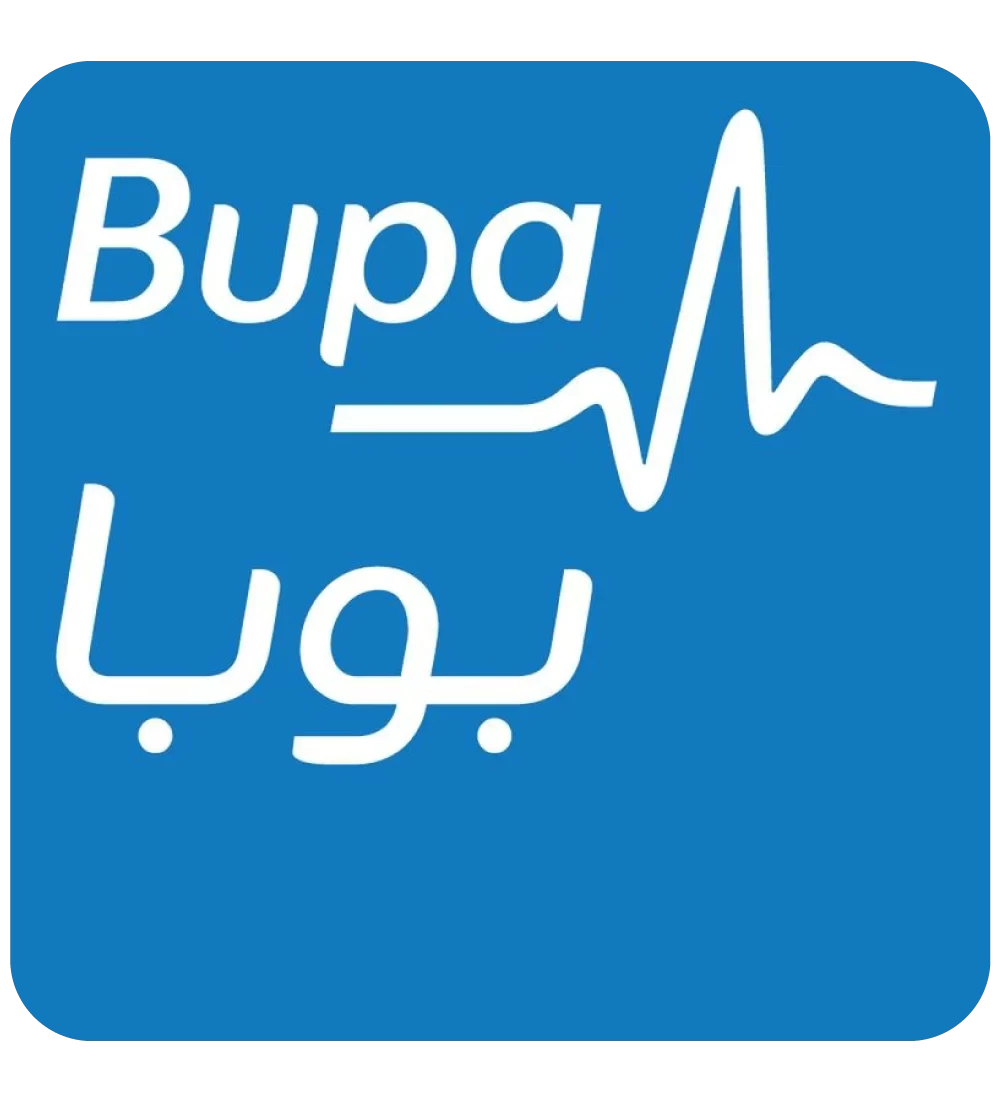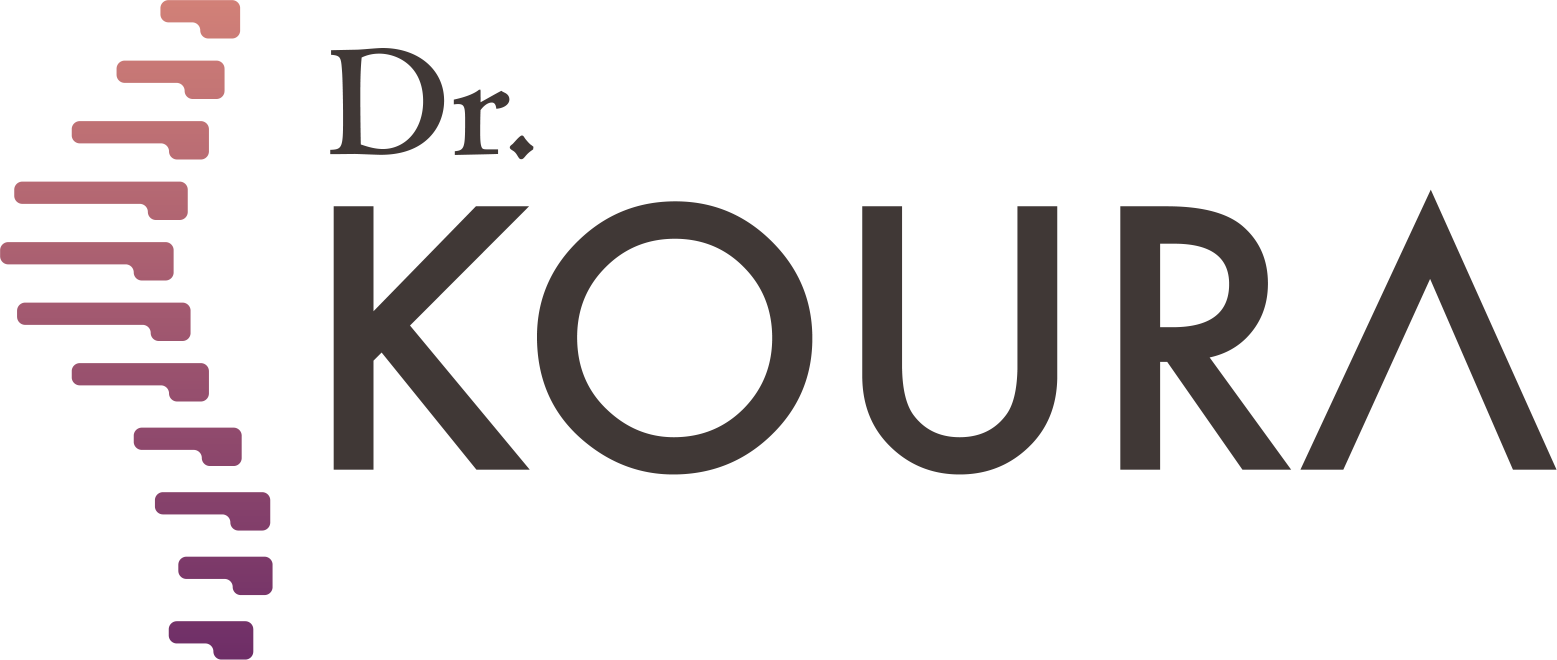Endoscopic Discectomy
Minimally Invasive Herniated Disc Removal Surgery
Minimally invasive herniated disc removal is an advanced medical procedure aimed at treating disc herniation problems that affect the spinal vertebrae. This type of surgery is less invasive compared to traditional surgical methods, which enhances its effectiveness and reduces risks and complications. Minimally invasive disc removal is considered one of the latest techniques available for treating disc herniation, where a thin instrument and a small camera are inserted into the skin. This technique allows the doctor to have a precise view of the damaged disc and handle it effectively. Thanks to this technology, doctors can perform the surgery with high accuracy without needing a large incision in the back, reducing recovery time and speeding up the return to daily activities.
While minimally invasive disc treatment is an excellent option for many patients, it is important to be aware of the potential risks of disc removal. These risks include the possibility of infection, bleeding, and injury to nearby nerves. Additionally, some patients may not experience complete improvement after the surgery, which requires careful follow-up with a specialist. Non-surgical lumbar disc removal represents a non-invasive option for certain cases, including treatments like injections and physical therapy. These methods can provide pain relief without direct surgical intervention but may be less effective in severe cases of herniated discs and spine pain.
As for the non-surgical removal of the disc between the fourth and fifth vertebrae, it addresses lower back disc herniation problems using non-surgical methods. These options depend on a precise assessment of the condition and providing appropriate treatments to alleviate pain and improve quality of life.
Treating back disc problems with techniques like minimally invasive disc removal allows patients to experience effective symptom relief and return to their normal lives more quickly. It is important for patients to discuss available options with their doctors, along with the risks and benefits of each. Ultimately, the symptoms of disc herniation, the causes of spine pain, and how to treat them require specialized medical consultation to determine the most suitable treatment for each individual case. You can schedule an appointment now with Dr. Mohamed Qoura, the best doctor for treating spine and joint pain.
Endoscopic Discectomy
What is Endoscopic Discectomy? This is an invasive surgical procedure used by surgeons to remove herniated disc materials. The discs might cause pain in your cervical spine, thoracic spine, and lower back. Endoscopic discectomy is one of the simplest procedures for treating disc herniation. With the ED procedure, the surgeon does not need to open a surgical wound as in traditional surgeries. Instead, they observe your spine using a device known as a tubular retractor. The surgeons insert the tube through small incisions, ensuring you do not suffer damage to your bones and muscles. The surgeons observe your spine with a more miniature camera than your phone. The procedure takes from 30 to 45 minutes and the patient is to be released by the next 2 to 3 hours following the surgery
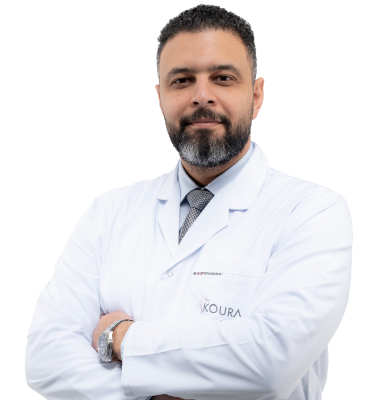
Certainly not, some cases must be treated surgically, and the most appropriate technique for the patient is determined through a medical examination and the presence of imaging studies.
No, it is necessary to make a reservation through a phone call or social media messages.
There are no risks or side effects associated with non-surgical pain interventions.
The patient needs only 3 to 4 days before they can travel comfortably, and the hospital stay does not exceed 6 to 8 hours.
A condition cannot be accurately assessed and a proper medical diagnosis made without a medical examination and recent imaging studies.
Yes, there are several payment methods available through Visa or electronic wallets by making a reservation on our website.
Certainly, obesity is one of the causes of knee osteoarthritis.
Radiofrequency activates the nerve and does not cause any damage to it.
Non-surgical interventions are a definitive treatment for some cases and pain relievers for other cases, which is determined by the doctor through a medical examination.
If the herniated disc is fully treated, there is a possibility of it reoccurring in some cases, such as not following the doctor's prescribed instructions after the intervention, experiencing an accident, or making a sudden wrong movement like lifting heavy objects.
The entire disc is not removed due to the presence of several risks and it may exacerbate the condition. Only the protruding part that causes pain is removed.
This cannot be done with radiofrequency, but it is performed through other techniques that Dr. Koura conducts.
The success or failure of non-surgical interventions cannot be judged through radiographic imaging because these procedures involve making subtle changes to critical parts to address the issue. Consequently, they do not produce significant changes to avoid potential complications in the future or damage to the spine and joints, which is our primary goal.
Spinal stenosis does not typically cause sciatica. In most cases, disc herniation is what may lead to sciatica. This does not necessarily mean that a patient with sciatica will also have spinal stenosis.
Sciatica may return if the patient does not adhere to the medical instructions provided by the doctor or in the event of an unexpected accident.
A life without pain without surgery
Once you book with Dr. Koura
Get rid of pain with just one call.. Book your appointment now with pain Management consultant Dr. Koura.
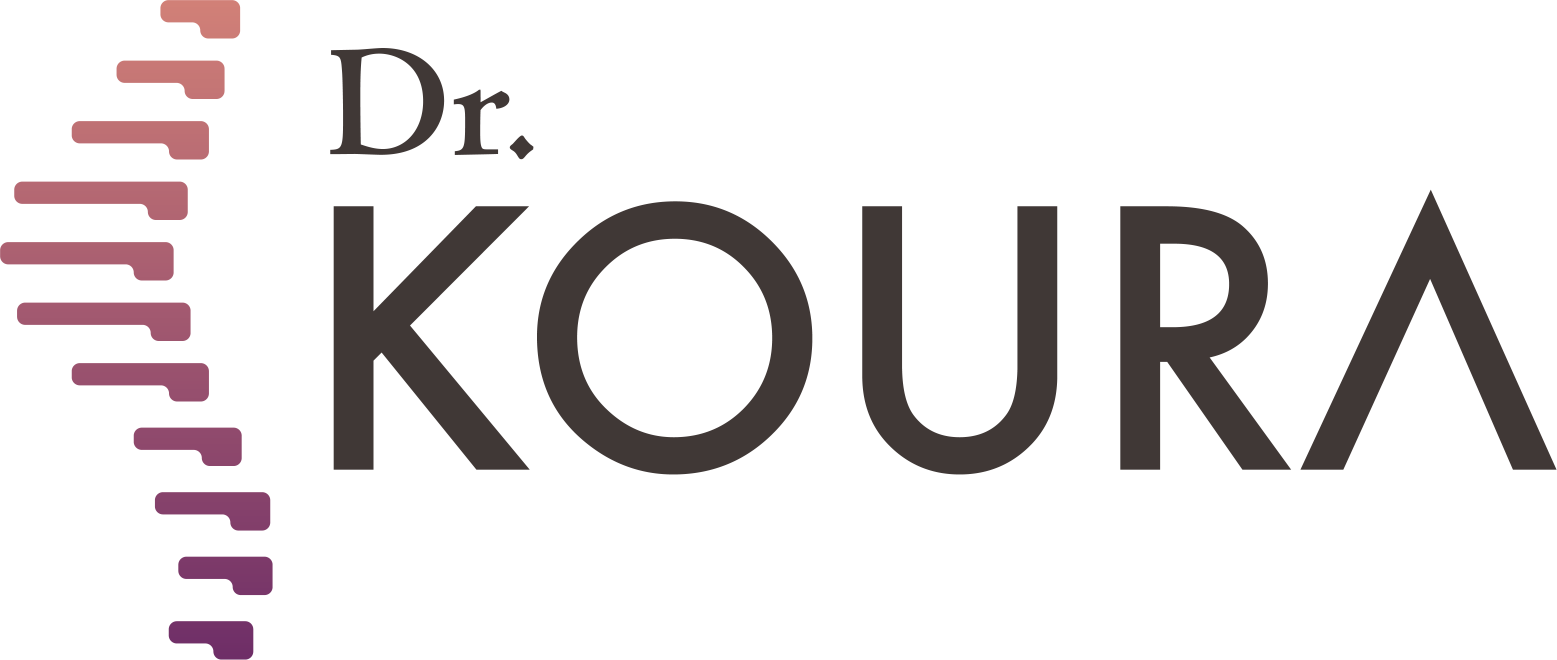






-webp.webp)




-webp.webp)






